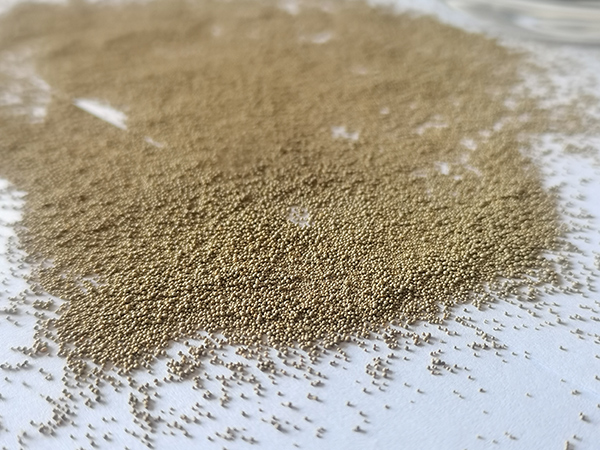The History of Sand Casting
Sand casting, one of the oldest and most versatile metal casting processes, has a rich history that dates back thousands of years. It has played a crucial role in the development of various industries, allowing for the complex shaping of metals and the manufacturing of intricate components. Understanding the evolution of sand casting reveals much about human ingenuity and progress in metallurgy.
The origins of sand casting can be traced back to ancient civilizations. Archaeological evidence suggests that the process was utilized by the Egyptians as early as 3000 BCE. They employed simple molds made from clay and sand to cast bronze tools and ornaments. As civilization progressed, the Greeks and Romans advanced the technique further. The Romans, in particular, perfected the use of sand molds to produce larger and more intricate items, ranging from statues to military equipment.
The History of Sand Casting
During the Middle Ages, advancements in metallurgy and foundry techniques led to an increased demand for cast metal goods. Blacksmiths and artisans began to explore different sand casting methods, which enabled them to produce remarkable works of art and functional items. The technique spread throughout Europe, laying the foundation for the industrial advancements that would follow.
history of sand casting

The Industrial Revolution of the 18th and 19th centuries marked a turning point for sand casting. As demand for machinery and tools grew, so did the need for efficient casting methods. Foundries began to adopt more organized and systematic approaches to sand casting. The introduction of mechanized processes streamlined production, allowing for greater consistency and higher output. Innovations such as the use of green sand—a mixture of silica sand, clay, and water—helped improve the mold-making process and ensure better-quality castings.
As the 20th century approached, the sand casting industry continued to thrive and evolve. The advent of new materials and technology led to further refinements in the casting process. For instance, the development of resin-bonded sand created molds with superior strength and thermal stability. This innovation significantly enhanced the quality of castings and reduced defects, meeting the increasing demands of modern manufacturing.
Sand casting remains a prevalent technique today, utilized in various industries such as automotive, aerospace, and consumer goods. Its ability to produce complex geometries and large components with relative ease makes it invaluable for many applications. Additionally, advancements in computer-aided design (CAD) and simulation software have further optimized the sand casting process, allowing manufacturers to predict how materials will behave during casting, thereby minimizing waste and errors.
In recent years, there has been a growing emphasis on sustainability within the sand casting industry. Efforts are being made to recycle sand and reduce the environmental impact of foundry operations. The introduction of 3D printing technologies in sand casting has also opened new avenues for innovation, enabling manufacturers to create highly complex molds that were previously impossible with traditional methods.
In conclusion, the history of sand casting is a testament to humanity's creativity and adaptability. From its ancient beginnings to its current applications in state-of-the-art manufacturing processes, sand casting has proven to be a resilient and essential technique in the world of metalworking. As we look to the future, it is likely that this age-old process will continue to evolve, integrating new technologies and methodologies to meet the demands of a changing industry.
Post time:دسمبر . 07, 2024 11:34
Next:sanding clear resin
